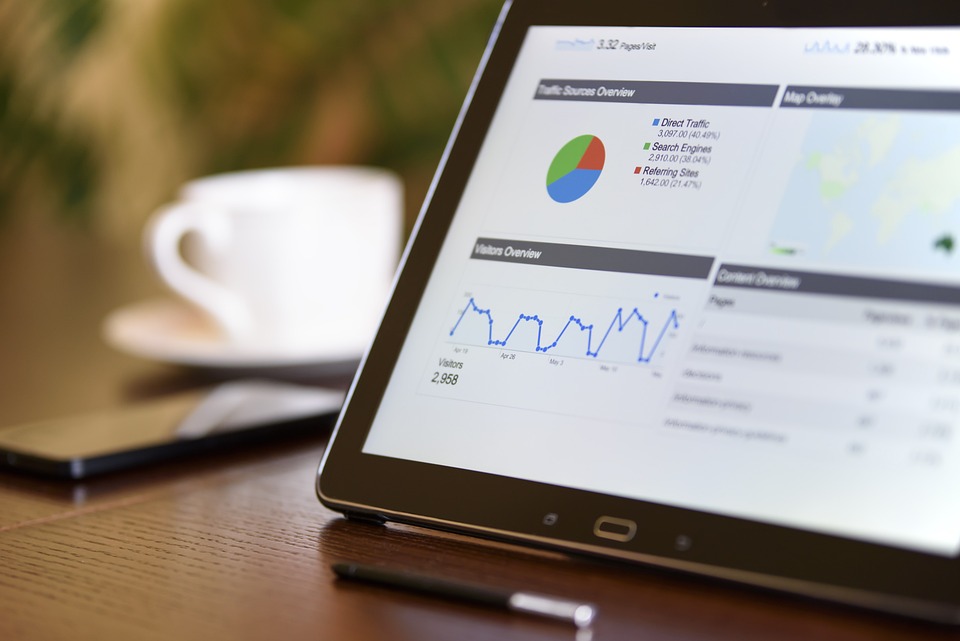Nowadays it’s very important for our companies to discover what people are talking about. Marketing is about understanding the consumer’s perspective to boost potential sales. But fetching data from Google searches can be a challenge if you’ve never done that before. Luckily, we can access new devices and instruments designed to make our life easier (and you have us to tell you which one’s the best!). Let’s get through it.
Which Data Is Important For Marketing
Of course there is a lot of input information and resources you need to plan your strategy. But fetching data from people interested in your company is the most important. If you get to really know, and understand what they are looking for, you will be a step ahead of the competition.

You must identify the areas with the highest sales potential. To focus your distribution strategies and sales plans, this also includes cities and towns where your product may be in high demand. For that reason, you will need to discover what is popular and interesting to people. In that way, you can compare and filter the negative keywords, topics, and products, of course.
You can use all the data to create presentations rich in statistics with graphics and images for the remaining business divisions. After that, you’ll need to establish a stronger online presence, so you’ll also see an increase in traffic and sales.
There is nothing wrong with simply scraping the data from a web interface. However, when working on a large-scale project that calls for creating a large dataset, this could prove to be very difficult. It takes a lot of time and research to manually search for and copy data from websites, most of all when you don’t know where to search.
Using Google Trends For Data Fetching
Certainly, one of the most powerful tools for these purposes is Google Trends. It’s a public platform that shows and analyzes Google queries from all over the world. There, at no cost, you can see the popularity of specific terms during given periods of time. You can also consider regions, subregions, and languages. It already produces graphs that will make it easier for you to present the information to the team.

Google Trends helps you recognize the queries with significant traffic in the past 24 hours, the last hour, or the last 15 days, for example. Thus, you have the option to either pull basic data, like the interest by region and the interest over time or a comparison between topics, a ranking between the top requests, etc. You can determine keyword suggestions, to get more chances of developing more exposure for the business.
You can access this website through an Application Programming Interface (API) to avoid wasting time. It is possible to access, examine, or look for data that is hard to find or research using an API. They work with a variety of languages, including Java, Python, JavaScript, Node.js, and Swift.
Zyla Labs provides Google Trends API, a great option to request different types of data. Furthermore, to increase the amount of information you receive, you can combine this API with others from the Hub. Of course, after pulling the data, your team can use it for visualization or analysis it.


